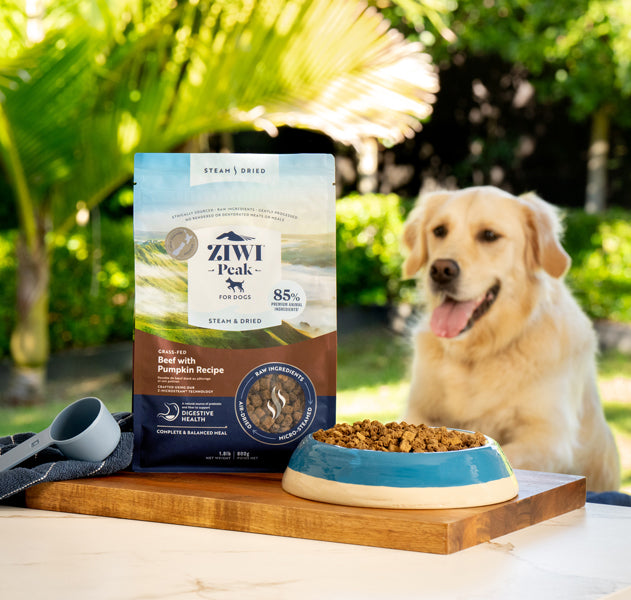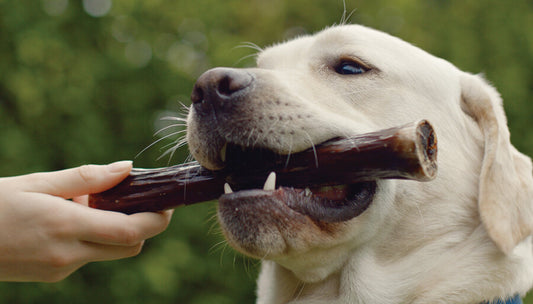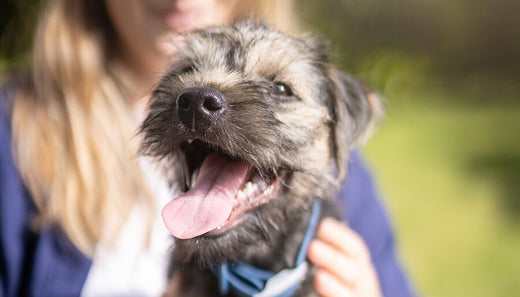 Here’s an overview of some of the most important things you need to know about canine oral health - from what healthy dog gums look like to what foods are best for cleaning your dog’s gums and teeth.
Here’s an overview of some of the most important things you need to know about canine oral health - from what healthy dog gums look like to what foods are best for cleaning your dog’s gums and teeth.
Gingivitis in dogs
Plaque that’s allowed to build up excessively on the teeth can turn into hardened tartar, causing bacteria build up. This bacteria creates inflammation, infection, and receding gums - otherwise known as gingivitis, the first stage of dental disease.
As bacteria continues to eat away at the bone, the ligaments holding the teeth in place will deteriorate. Bacterial toxins can also enter the bloodstream.
Healthy dog gums - what do they look like?
If you’re concerned about your dog’s dental health, here are some signs to look out for:
- Pawing at their mouth or face
- Decreased appetite or other changes in eating behavior such as eating on one side of the mouth only, or only eating soft food
- Aggression or withdrawal
- Mouth chattering or tooth grinding
- Blood in food or water bowls
- Changes in play behavior
- Smelly dog breath
Clean gums and teeth are healthy gums and teeth. Your dog’s gums should be a healthy pink color, and their teeth should be white and clean.
Dental Dog Food: The Optimal Diet - back to basics
Dogs are meat eaters, so feeding a natural diet rich in meat, bones and organs, like the ZIWI Peak® range, can help control plaque and tartar build up. It helps keep your dog’s breath fresh, too.
Giving your dog raw or air-dried bones regularly is also beneficial. Bones offer blood-building nutrients from the marrow, and the crunching of bone and cartilage scrapes off plaque.
An optimal, meat-rich diet keeps your dog’s teeth and gums clean naturally, which, unless for extenuating means or circumstances when consulted by a vet, means there’s no need for specialized dental dog food.
Sources:
https://wsava.org/wp-content/uploads/2020/01/Dental-Guidleines-for-endor...
https://www.dogsnaturallymagazine.com/natural-dental-prevention-common-s...
https://healthypets.mercola.com/sites/healthypets/archive/2010/01/20/why...









